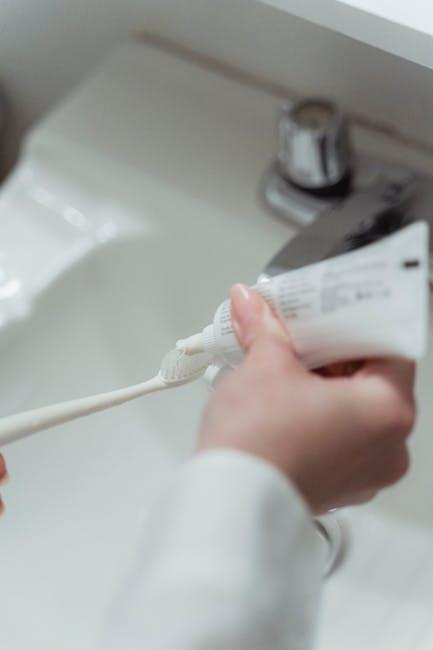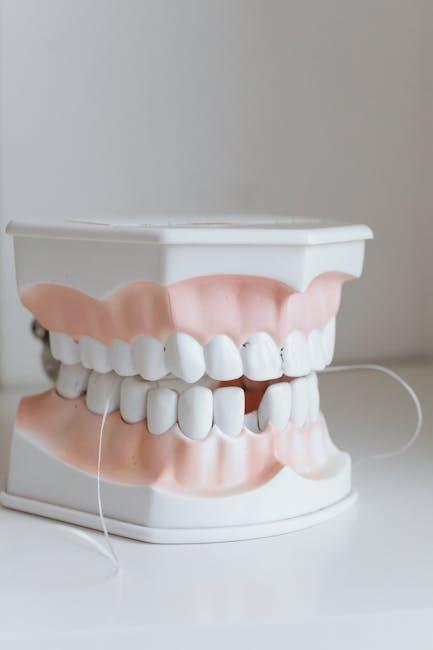
Fluoride Ban Could Create Cavities For 1 Of Every 3 U.S. Kids – HealthDay
Recently, health experts and policymakers have raised alarms regarding a potential ban on fluoride use in public water systems in the United States. According to a new HealthDay report, eliminating fluoride could lead to a dramatic increase in dental cavities among children — affecting approximately 1 in every 3 U.S. kids. In this article, we explore what fluoride is, its vital role in dental health, the possible consequences of a fluoride ban, and practical steps parents can take to protect their children’s smiles.
Understanding Fluoride and Its Role in Oral Health
Fluoride is a naturally occurring mineral celebrated for its ability to strengthen tooth enamel and prevent decay. For decades, community water fluoridation has been a proven public health intervention credited with reducing cavities and improving oral health across populations.
Key Benefits of Fluoride
- Strengthens tooth enamel: Fluoride helps rebuild weakened enamel and makes teeth more resistant to acid attacks from plaque bacteria.
- Reduces dental cavities: Studies show that children with access to fluoridated water have 20-40% fewer cavities.
- Cost-effective prevention: Community fluoridation saves billions in dental treatment costs each year.
HealthDay Report: The Impact of a Fluoride Ban on U.S. Children
The recent HealthDay article highlights troubling statistics that suggest a fluoride ban could increase the cavity rate for children to almost 33%. This would mark a significant reversal in decades of dental health progress. The report draws attention to:
- The risk of rising dental decay rates, especially in economically disadvantaged communities where access to dental care is limited.
- The potential surge in oral health-related complications including toothaches, infections, and even tooth loss.
- Increased financial burdens on families and the healthcare system due to preventable dental diseases.
Why Children Are Particularly Vulnerable
Children tend to consume more sugary foods and drinks, putting them at higher risk of cavities. Early childhood cavities can affect eating, speaking, and even self-esteem, making preventive measures like fluoride use crucial.
Case Study: Communities That Removed Fluoride
Several U.S. communities have experimented with removing fluoride from water supplies, often leading to notable consequences:
| Community | Fluoride Status | Effect on Children’s Cavities |
|---|---|---|
| Portland, Oregon | Removed Fluoride in 2013 | Reported 30% increase in cavities among children over 5 years |
| Juneau, Alaska | Removed Fluoride in 2007 | Cavities rose significantly, leading to reconsideration of fluoridation |
| Grand Rapids, Michigan | Maintained Fluoride | Lower cavity rates compared to non-fluoridated cities |
Practical Tips to Protect Children’s Teeth if Fluoride Is Limited
If you live in an area considering a fluoride ban or where fluoride availability is limited, follow these actionable steps to safeguard your child’s dental health:
- Maintain regular brushing: Use fluoride toothpaste twice daily. For young children, ensure they use the correct pea-sized amount.
- Visit the dentist regularly: Schedule routine dental checkups for early cavity detection and preventive care.
- Limit sugary snacks and beverages: Reducing sugar intake decreases the risk of decay.
- Consider fluoride supplements: Ask your pediatric dentist about topical fluoride treatments or supplements if water fluoridation is unavailable.
- Promote a healthy diet: Foods rich in calcium and phosphate help strengthen enamel naturally.
- Encourage drinking tap water if fluoridated: Drinking fluoridated tap water provides ongoing cavity protection.
Benefits of Continued Fluoride Use in Public Health
Beyond individual health, fluoride plays a crucial role in broader public health efforts:
- Equity in dental health: Fluoride helps reduce disparities by protecting all children, especially those with limited access to dental care.
- Economic savings: Reduced dental disease means less spending on costly treatments and emergency procedures.
- Improved overall well-being: Healthy teeth contribute to better nutrition, communication, and self-confidence in children.
Frequently Asked Questions
| Question | Answer |
|---|---|
| Is fluoride safe for children? | Extensive research shows fluoride use in recommended amounts is safe and effective for cavity prevention. |
| Can fluoride cause dental fluorosis? | Excessive fluoride during tooth development can cause mild fluorosis, often appearing as white spots. This is preventable with proper usage. |
| What alternatives exist if fluoride is banned? | Dental sealants, fluoride rinses, and improved oral hygiene can help, but none are as cost-effective or widespread as water fluoridation. |
Conclusion: Why Fluoride Matters for Our Kids’ Smiles
Fluoride is more than just a mineral; it’s a proven guardian against tooth decay that has safeguarded generations of children. The possible banning or removal of fluoride from U.S. water supplies threatens to increase cavities for one-third of children, jeopardizing their dental health and quality of life. As parents, caregivers, and community members, understanding fluoride’s critical benefits and adopting practical preventive strategies can help us protect young smiles in an uncertain future. Supporting policies that maintain safe fluoride levels in public water remains key to ensuring a healthier, cavity-free generation.


